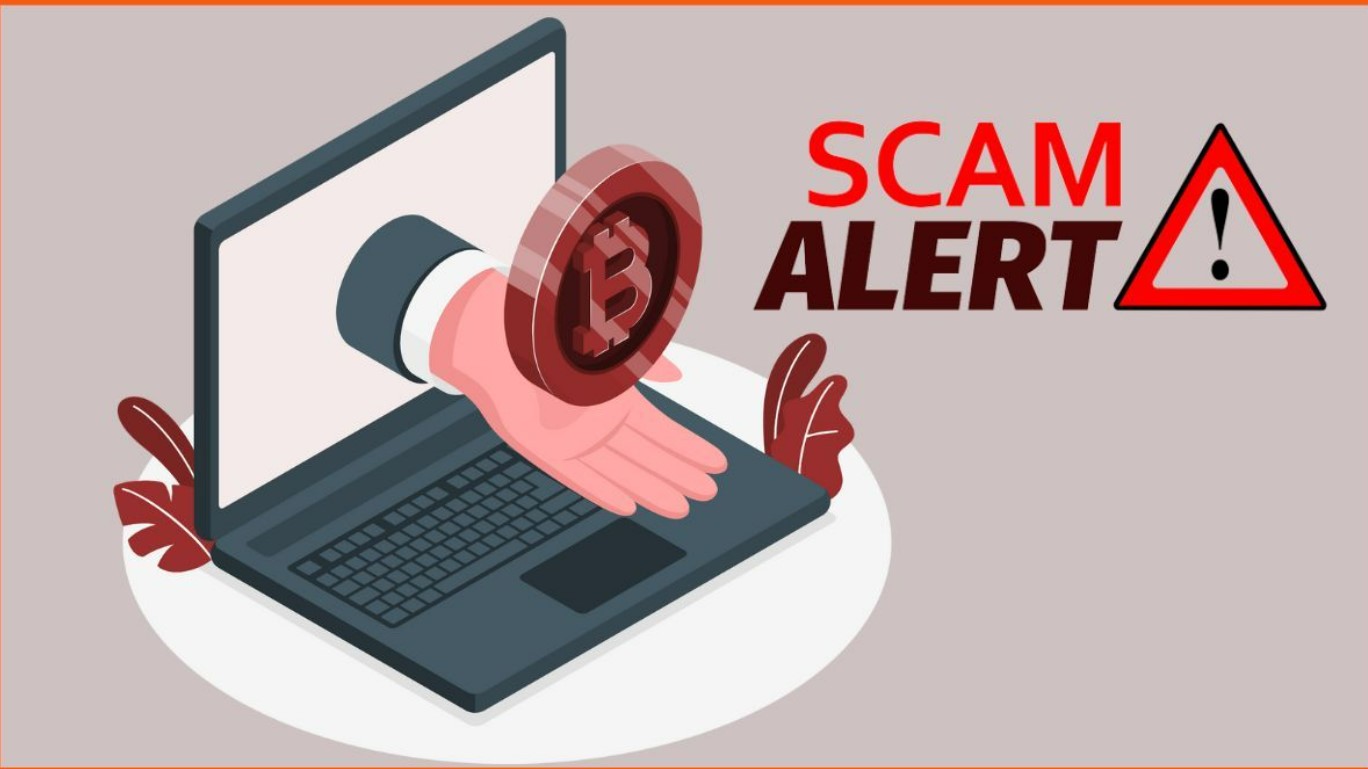Whiteroad.io Review -A Sophisticated Fintech Scam
Opening scene — the attractive doorway
Whiteroad.io opens like many modern fintech/education projects: elegant hero images, crisp typography, and a product map that promises to turn “novices into confident traders” through courses, mentorship and automated tools. Testimonials, friendly instructor profiles, and a chat widget create the impression of a functioning, customer-first startup.
That polished surface is exactly what makes these kinds of operations effective. Good design lowers suspicion; professional language borrows credibility from regulated firms; and friendly messaging accelerates signups. But for anyone who’s seen the playbook before, style is nothing without substance — and that’s where Whiteroad.io starts accumulating doubts.
The single most important datapoint: official regulator warnings
The clearest, most consequential signal is that a major securities regulator has publicly named Whiteroad (operating at whiteroad.io) in an investor alert. An authoritative financial regulator explicitly states the entity is not registered and is not authorized to solicit investors in its jurisdiction. That kind of public notice from a regulator is not a casual report — it’s a formal consumer-protection action that changes how you should treat any offer coming from the brand.
When a regulator publishes an alert, it means at minimum that consumer complaints or evidence have reached a level requiring official public notice. It does not automatically declare criminality, but it does remove any presumption of legitimacy and should be treated as a hard warning. For readers who skim headlines: a regulator naming a trading or crypto-related site as unregistered is the single strongest red flag you can get.
Trust scores and automated scans — an algorithmic thumbs-down
Independent automated reputation services that crawl registries, WHOIS records, code signatures, and public references flag Whiteroad.io with extremely low trust metrics. These systems combine technical indicators (young domain, hidden ownership, suspicious hosting patterns) with textual signals (copycat content, lack of verifiable legal data) and produce a low overall trust score. Multiple scanners report Whiteroad.io as low-trust or unsafe — a consistent automated consensus that aligns with the human regulator alert.
Automated tools aren’t perfect — they can generate false positives (for example, when a purely educational site shares content about investing). But when those low scores line up with official regulator action and independent watchdog writeups, the combined weight of evidence becomes meaningful.
Reputation on review platforms — mixed signals that don’t cancel the risk
On consumer review platforms, Whiteroad and related domains show a mixture of ratings: some glowing reviews and a host of enthusiastic testimonials, plus a rising number of negative or skeptical posts, video exposés, and forum threads that call it into question. A decent-looking average score on a mainstream review site can mask coordinated positive reviews or a small sample size; meanwhile the negative feedback often centers on the same themes: opaque business practices, pressure tactics, and aggressive upsell of premium tiers.
Because review platforms are frequently gamed — through fake accounts, paid testimonials, or selective curation — positive ratings must be treated skeptically, especially when independent technical checks and regulators are flagging the same brand.
How the operation appears to work (pattern recognition)
Putting the visible pieces together suggests a familiar operational arc:
-
Educational doorway — The site markets learning modules and credentials to attract traffic and collect signups. An educational product is an effective front because it feels safe and non-financial to many consumers.
-
Onboarding and relationship building — New registrants are offered “mentorship,” access to chat advisors, or invitations to paid tiers. Personal outreach helps convert curious learners into paying customers.
-
Financial product upsell — Once trust is established, members are nudged toward “premium” services, paid signal packages, or recommended partner trading accounts. These offers often include promises of outsized returns or decreased risk.
-
Friction at the money end — Independent reports and watchdog writeups indicate the typical pinch point: when money moves out (withdrawals), investors encounter delays, sudden new fees, or opaque verification requirements. That’s the phase where issues escalate into formal complaints.
Each step on its own might be innocuous; collectively, they form the operation model used by many high-risk ventures that start as “learning” platforms and morph into money-collection funnels.
The psychology they exploit — why this works on real people
Whiteroad’s messaging is crafted to do what all effective marketers do: reduce friction, build rapport, and create a plausible path to improvement. The psychological hooks include:
-
Authority by design: instructor photos, credential-style language, and “academy” branding imply expertise.
-
Social proof: testimonials and “student success stories” create FOMO and herd behavior.
-
Scarcity and urgency: limited seats or enrollment windows push quick decisions.
-
Progress framing: small initial purchases or “trial” modules lower the barrier to commitment, after which incremental upsells feel natural.
These are normal marketing tactics — only in this context they’re layered atop a shaky compliance and transparency profile, which makes the pattern dangerous rather than merely aggressive.
Common red flags observed across sources
Here are the most consistent warning signals that recur in independent reports and regulator notes:
-
Official investor alert naming the brand as unregistered. This is the highest-impact signal. Autorité des marchés financiers
-
Low trust scores from automated scanners that flag technical and registry anomalies.
-
Mixed or suspiciously curated reviews on public platforms — positives that may be incentivized, negatives that note money/withdrawal friction.
-
Discussion threads and explainer videos alleging the platform behaves like other known scam-style operations.
When those items appear together, the prudent reading is not “innocent educational startup” but “operation with serious compliance and credibility gaps.”
What Whiteroad claims vs. what’s verifiable
Whiteroad’s outward claims — structured courses, mentorship, and tools — are plausible on their face. Educational content about markets is not illegal or inherently fraudulent. The problem arises when the business combines education with unregulated investment solicitation, aggressive upsells to paid tiers, or referrals to third-party trading services without transparent disclosure or regulatory compliance.
In short: the claimed product (education) could be legitimate; the apparent business model (education + financial upsells + opaque partner relationships) crosses into an area where consumer protection and regulatory oversight are expected but appear to be missing. That mismatch is exactly why regulators step in.
The lifecycle risk — how it often ends for consumers
In many similar cases, the timeline for affected consumers ends in frustration: funds tied up behind convoluted processes, communications that become evasive, and domains that migrate or vanish as complaints mount. Official alerts often arrive after a pattern of complaints becomes visible, which means regulators may be acting reactively rather than proactively.
Because of that lifecycle, the safest posture—if you are evaluating this kind of site—is to assume the worst and require independent proof (verifiable licences, transparent company registration, audited financials) before risking money.
Final synthesis and practical stance
Whiteroad.io combines a convincing front-end with a backend picture that includes official investor warnings, low automated trust ratings, mixed review signals, and independent watchdog commentary. Those pieces fit a recognized risky profile: polished presentation + opaque legal/regulatory posture + monetization paths that can become problematic at the cash-out stage.
My plain-language conclusion: Whiteroad.io should be treated as high-risk and approached with extreme caution. If you value capital preservation and clear accountability, this brand does not currently present the verifiable credentials you should expect from a safe, regulated financial education or investment partner.
Report Whiteroad.io Scam and Recover Your Funds
If you have lost money to Whiteroad.io, it’s important to take action immediately. Report the scam to Jayen-consulting.com, a trusted platform that assists victims in recovering their stolen funds. The sooner you act, the better your chances of reclaiming your money and holding these fraudsters accountable.
Scam brokers like Whiteroad.io continue to target unsuspecting investors. Stay informed, avoid unregulated platforms, and report scams to protect yourself and others from financial fraud.
Stay smart. Stay safe






